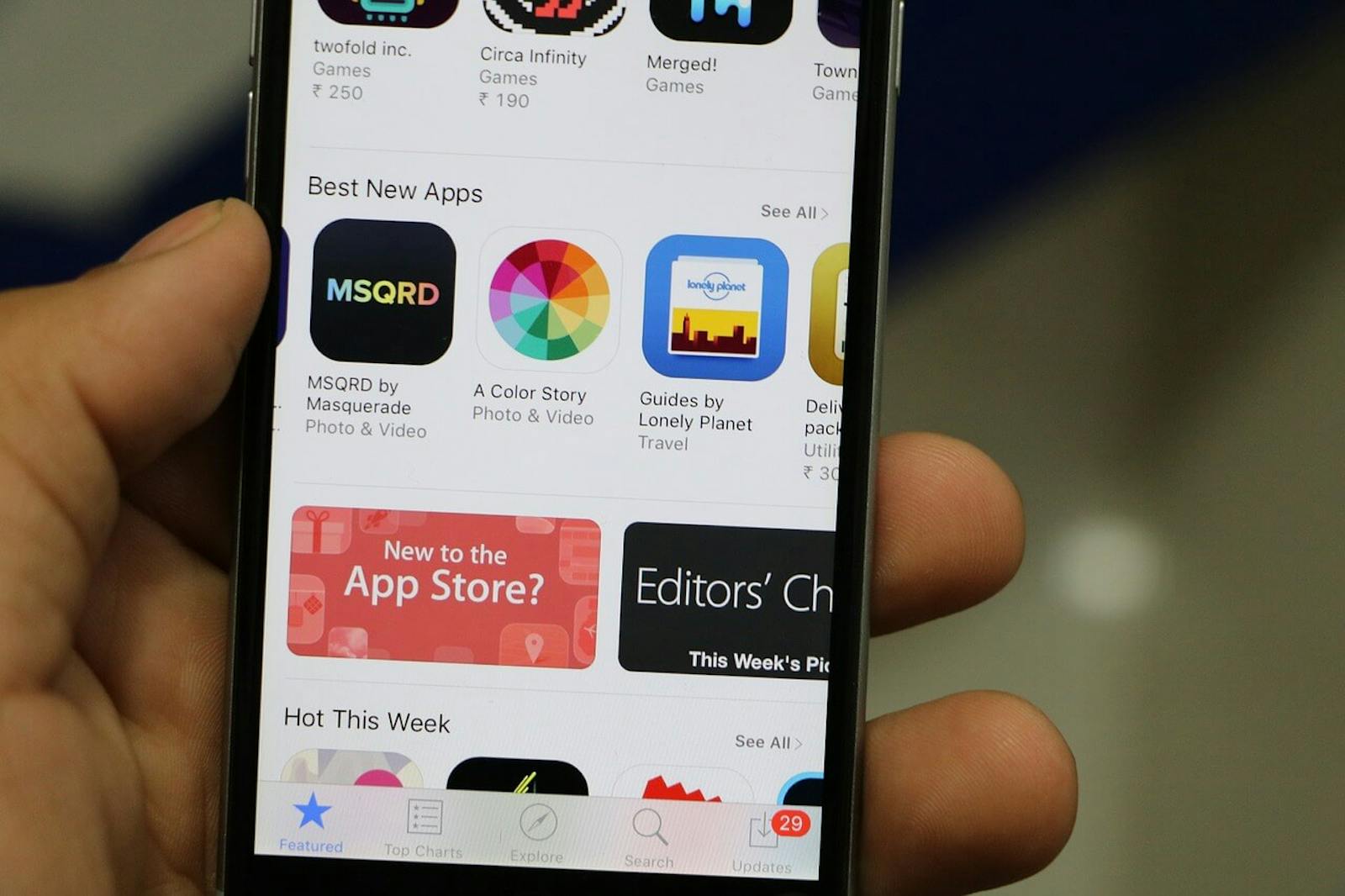
Do you want to maximize your mobile game and take it to the global market?
Do you want to capture as much incremental revenue as possible by making your game available as broadly as possible?
Regardless of your team’s size and available resources, there are some fairly basic steps to maximize the revenue potential of your downloads in the global market.
In this post, you are going to discover five tips to maximize the global games market.
Who go global?
The beauty of the mobile gaming market is that you can push your game live to 150+ countries with a click of a button. In a mature mobile gaming market, obviously game developers and publishers are now thinking on a global scale to maximize their revenue potential.
However, one of the pitfalls I see developers fall into is that they focus primarily on just the revenue of their activities related to globalization rather than the ROI against the out of pocket expenses and internal resources it takes to increase the appeal and revenue potential of their game in international markets.
While it is impossible to know what the exact revenue lift will be for your game by going global, you should conduct a cursory analysis to see if localizing your game will generate more incremental revenue than the cost and efforts required to localize.
1. Build Your Game to Support Any Language

The most common mistake is not building your game from the ground up to support a multitude of languages. You want to be able to easily import translated text into your game.
Avoid embedding text in graphical assets - this becomes a huge pain to localize.
Remember that each time you update your game, you’ll have to import newly translated text, which is why creating an easy text import process is key. Make sure your game can support the various idiosyncrasies of the languages of the world including long words (i.e. German), special character sets (i.e. Simplified Chinese) and language direction (i.e. Arabic).
2. Translate Your In-Game Text in a Few Languages
Unless your in-game text resembles a book in the Game of Thrones series, you should definitely translate it into a few languages.
Whether you are working with a translation agency or a solo translator, you should expect to pay anywhere between $0.10-0.15 per word depending on the language.
And if you are really strapped for cash, you can use Google Translate, but I strongly recommend only doing so if your translating non-narrative focused text and that you have a native speaker familiar with your game to review the translated text.
Lastly, don’t forget about your own users. There may be those who love your game so much that they would help with the translation (or even just the translation review) for free or in exchange for in-game currency.
3. Do Your Due Diligence

Do not just localize automatically for the top gaming markets. In fact, your game may not be relevant to gamers in China, South Korea or Japan (3 of the largest markets by revenue) based on the game play and theme.
Do your due diligence to prioritize regions and languages to focus on.
The level of diligence should be directionally proportional to the direct and in-direct cost of localizing your game in a specific language.
Use the free features of app intelligence providers to investigate how similar games have generally performed in key markets, as well as asking natives in those regions for qualitative feedback on the potential appeal of your game’s theme and game play in each region.
This simple exercise can save you thousands of dollars in wasted translation costs.
Also consider English proficiency levels in the regions. If English is widely understood in a region (ie Nordic countries and the Philippines), localization becomes a lower priority.
4. Proofread Your Translation (Just Like Homework)
Whether you are using a professional translation company or Google Translate, you should always have a native speaker familiar with the game review the translated in-game text before setting it live.
This is critical for games with narrative, as you must remember that translators are translating from a spreadsheet and lack context via the in-game visuals. In many countries, poor translation will project a poor perspective on the quality of your game.
Poor translation equals a low quality game.
You are also looking out for anything that might be offensive or inappropriate that could offend players.
While bilingual friends and family are great as proofreaders, also look to your player base, as many bilingual players will be willing to help and are already familiar with the game play.
5. Don’t Forget About Your App Store Presence

Your app store presence is a key indicator that your game is also localized for players in international markets and will significantly increase download conversions.
Unless you are 99% certain you are never going to localize your game for a specific market, I never recommend only localizing your app store presence and not the game, as that is misleading to users and will result in poor day 1 retention.
If cost is a factor, consider first localizing the main parts of your app store presence: app title, subtitle and screenshots. These fields tend to have less text and can save you some money.
Once you feel comfortable that the localization is increasing downloads, then move on to the app description.
Author: Josh Burns, founder of DigitalDevConnect, is an experienced consumer internet business leader focused on helping drive revenue, reach and engagement for both early to mid-stage consumer internet companies developing compelling products for both mobile and desktop as well as businesses from traditional industry entering the mobile landscape. Much of his focus in the mobile gaming space has been assisting companies in growing their business in international markets.
Pollen VC provides flexible credit lines to drive mobile growth. Our financing model was created for mobile apps and game publishers. We help businesses unlock their unpaid revenues and eliminate payout delays of up to 60+ days by connecting to their app store and ad network platforms.
We offer credit lines that are secured by your app store revenues, so you can access your cash when you need it most . As your business grows your credit line grows with it. Check out how it works!